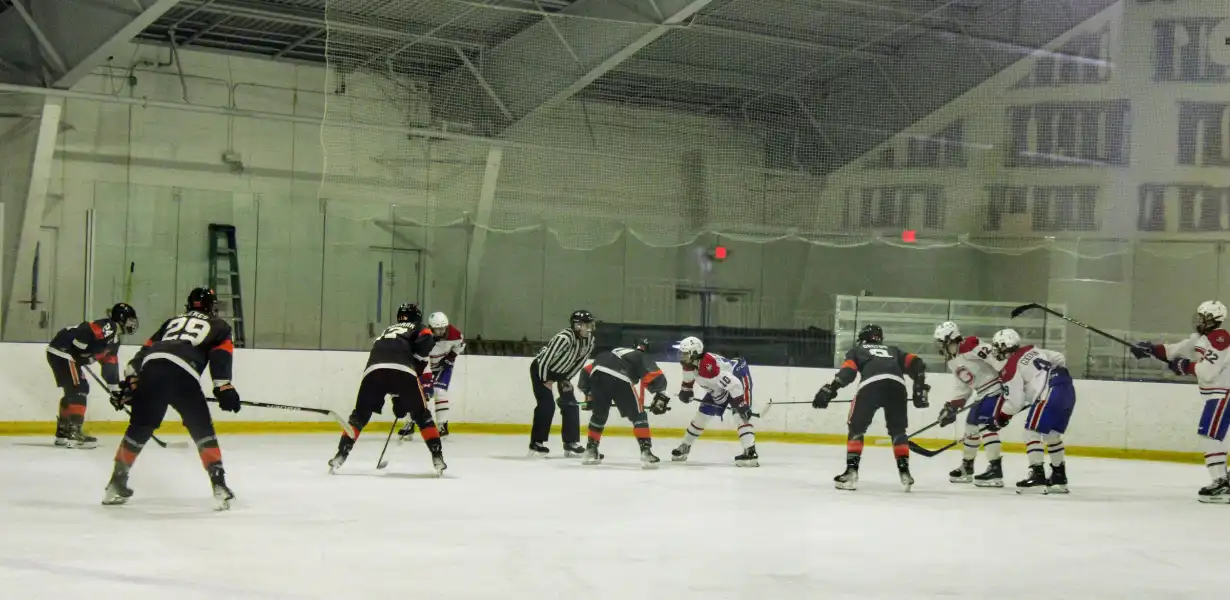In the fast-paced, high-intensity world of ice hockey, the rules help keep the game fair, strategic, and exciting. One of the most misunderstood and often debated rules is the hand pass rule. Whether you’re a new fan, a seasoned player, or a coach looking to sharpen your team’s knowledge of the game, understanding the hand pass rule is essential.
What Is the Hand Pass Rule in Hockey?
The hand pass rule refers to a situation where a player intentionally uses their hand to pass the puck to a teammate. In most cases, this action is not allowed, especially when both players involved are in the offensive zone. However, like many rules in hockey, the hand pass rule has nuances depending on the zone where the play occurs and the specific circumstances.
In the defensive zone, players are allowed to bat the puck with their hand to a teammate, as long as the puck stays within that zone. But once a hand pass is made in the neutral or offensive zone, play is typically stopped, and a faceoff is conducted. This rule ensures that players use their sticks to move the puck, preserving the integrity and pace of the game.
Why Does the Hand Pass Rule Exist?
The primary purpose of the hand pass rule is to prevent players from gaining an unfair advantage by using their hands instead of their sticks. Hockey is a stick-handling game, and allowing hand passes in the offensive zone could lead to chaotic and less skill-driven play. The rule keeps the focus on stick skills, skating, and puck control — the hallmarks of high-level hockey.
Key Details of the Hand Pass Rule
To truly grasp the hand pass rule, let’s break it down by zones:
1. Defensive Zone
In the defensive zone, a player can use their hand to bat the puck to a teammate without a stoppage in play. This exception recognizes the need for quick reactions under pressure, especially when clearing the puck out of danger. It adds a strategic layer for defenders trying to make safe, controlled plays.
2. Neutral Zone
Hand passes are not permitted in the neutral zone. If a player attempts one, play is stopped immediately, and a faceoff is conducted at the nearest neutral zone faceoff dot.
3. Offensive Zone
This is where the hand pass rule is most strictly enforced. A hand pass in the offensive zone results in an immediate whistle and stoppage of play, regardless of whether the puck was batted intentionally or not. This rule ensures that scoring opportunities remain fair and are created using stick play and positioning.
What Happens When the Hand Pass Rule Is Violated?
When a hand pass is detected outside the defensive zone, the referees will blow the whistle, and the play is stopped. The ensuing faceoff typically takes place in the zone where the infraction occurred. While it’s not a penalty that results in a power play, a stoppage can halt momentum and disrupt a team’s flow — especially if they were setting up for an offensive push.
Notable Exceptions and Clarifications
There are some unique scenarios and clarifications related to the hand pass rule:
• Incidental Contact: If a player unintentionally deflects the puck off their hand without directing it to a teammate, it may not be considered a hand pass.
• Goalie Zone: Goalies can touch the puck with their gloves and even pass it by hand within their own zone.
• Gloved Puck Drops: If a player catches the puck and immediately drops it to the ice without directing it to a teammate, this may not be considered a hand pass either.
These exceptions require split-second judgment calls by referees, and sometimes, video reviews are used when a disputed goal may involve a potential hand pass.
Why Players Need to Understand the Hand Pass Rule
Players who understand the limitations and legal uses of their hands during play can avoid costly turnovers and lost momentum. Especially in tight games or playoff situations, a stoppage due to a hand pass can derail a critical offensive setup or give the other team a much-needed breather.
Coaches should make it a priority to teach the nuances of the rule during practice. Simulating different zone plays and testing players’ reactions in real time helps reinforce the right decisions during fast gameplay.
The Hand Pass Rule and Youth Hockey
In youth hockey leagues, the hand pass rule is enforced similarly, though some local leagues may modify its strictness depending on age and skill level. Educating young players early on helps develop good habits and keeps the game aligned with official rules as they progress to higher levels.
When the Hand Pass Rule Made Headlines
The hand pass rule doesn’t always stay quietly in the background. It has made headlines in high-stakes moments, most notably during a 2019 NHL playoff game between the San Jose Sharks and the St. Louis Blues. An overtime goal was scored following an illegal hand pass that was not caught by officials in real-time. The goal stood, sparking widespread debate and eventually leading to discussions about expanding video review protocols. This incident highlighted just how impactful and controversial the hand pass rule can be.
Final Thoughts: Respecting the Game Through Rules
The hand pass rule may seem like a small detail in the grand scheme of hockey, but it plays a critical role in preserving the spirit and fairness of the game. By understanding the rule’s intent, application, and exceptions, players can make smarter plays, fans can better appreciate referee decisions, and the game as a whole benefits from smoother, more skill-driven action.
#KnowTheRules #HandPassRule #HockeyIQ #AllBlackHockeySticks #HockeyLife #RespectTheGame #StickToIt

